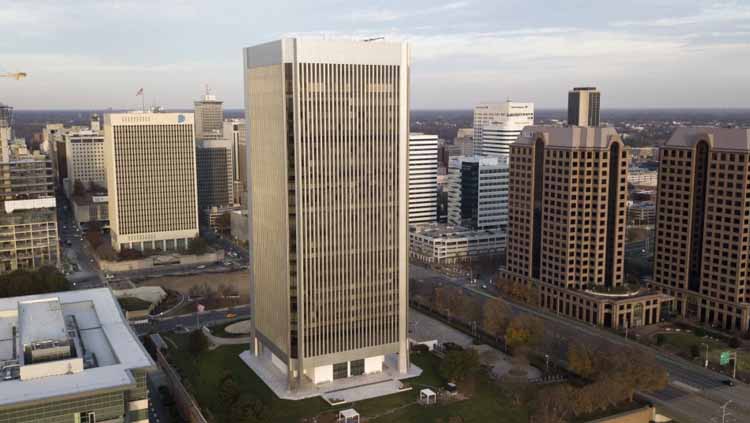Richmond Fed president urges caution on interest rate cuts because inflation isn't defeated

Business
President of the Fed’s Chicago branch, said Monday that there would likely be “many more rate cuts
WASHINGTON (AP) — The president of the Federal Reserve’s Richmond branch says he supports reducing the central bank’s key interest rate “somewhat” from its current level but isn’t yet ready for the Fed to fully take its foot off the economy’s brakes.
In an interview Thursday with The Associated Press, Tom Barkin also said the economy is showing “impressive strength,”
highlighting recent solid reports on retail sales, unemployment claims, and growth in the April-June quarter, which reached a healthy 3%.
“With inflation and unemployment being so close to normal levels, it’s okay to dial back the level of restraint, somewhat,” Barkin said, referring to cuts to the Fed’s key interest rate. “I’m not yet ready to declare victory on inflation. And so I wouldn’t dial it back all the way” to a level that no longer restricts the economy, which economists refer to as “neutral.” Estimates of neutral are currently about 3% to 3.5%, much lower than the benchmark rate’s current level of 4.8%.
Barkin’s caution stands in contrast to some of his fellow Fed policymakers who have expressed more urgency about rate cuts. Fed Governor Adriana Kugler on Wednesday said she “strongly supported” the Fed’s larger-than-usual half-point rate cut last week, from a two-decade high of 5.3%, and added that she would support “additional cuts” as long as inflation continues to decline.
And Austan Goolsbee, president of the Fed’s Chicago branch, said Monday that there would likely be “many more rate cuts over the next year.”
Barkin was one of 11 Fed policymakers who voted for the Fed’s rate cut, while Governor Michelle Bowman dissented in favor of a smaller quarter-point reduction.
In the interview, Barkin said a key factor in his support was the relatively modest path of rate reductions the Fed forecast for the rest of this year and through 2025 in a set of projections it released Sept. 18. Those projections showed just two quarter-point reductions later this year and four next year, less than many investors and economists had expected.


